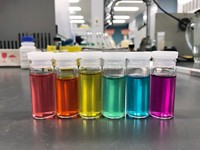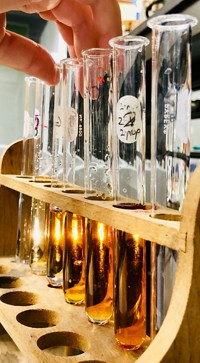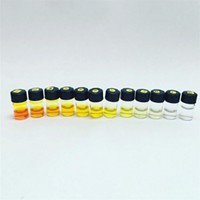Advertisement
Grab your lab coat. Let's get started
Welcome!
Welcome!
Create an account below to get 6 C&EN articles per month, receive newsletters and more - all free.
It seems this is your first time logging in online. Please enter the following information to continue.
As an ACS member you automatically get access to this site. All we need is few more details to create your reading experience.
Not you? Sign in with a different account.
Not you? Sign in with a different account.
ERROR 1
ERROR 1
ERROR 2
ERROR 2
ERROR 2
ERROR 2
ERROR 2
Password and Confirm password must match.
If you have an ACS member number, please enter it here so we can link this account to your membership. (optional)
ERROR 2
ACS values your privacy. By submitting your information, you are gaining access to C&EN and subscribing to our weekly newsletter. We use the information you provide to make your reading experience better, and we will never sell your data to third party members.

Analytical and environmental chemists are used to thinking about parts per million, tossing around the abbreviation ppm like it was no big deal. To help his students comprehend what ppm really means and how challenging it can be to detect things at ppm levels or below, Scripps chemistry professor John R. Yates III uses this jar filled with 1 million tiny beads. One bead out of 1 million is black—1 ppm. Yates says no one has ever found the one black bead in the 25 years he’s had the jar. “I did look, and the search can drive you crazy,” he says.
Credit: John R. Yates III

Do science. Take pictures. Win money. Enter our photo contest here.





Join the conversation
Contact the reporter
Submit a Letter to the Editor for publication
Engage with us on Twitter